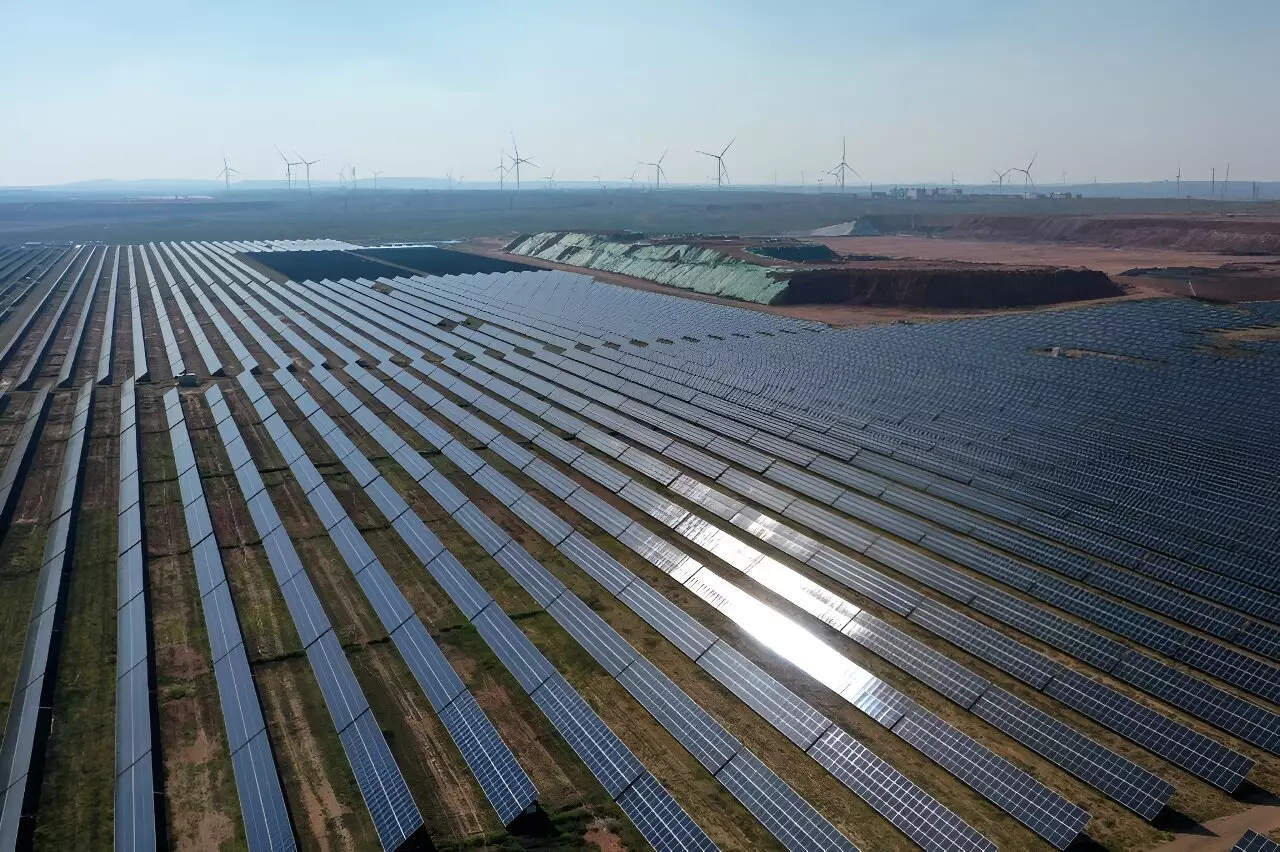Recent findings reveal that China is experiencing a significant transition in its energy consumption landscape, with clean energy sources now constituting a quarter of the nation’s total energy use. This growth is noteworthy given that China is the world’s leading emitter of greenhouse gases. However, the transformation comes amid a backdrop of ongoing economic reliance on traditional energy sources, particularly coal. While the country has made commendable strides, the pace and scope of this shift raises questions about sustainability, equitable development, and the resilience of the existing infrastructure.
Ambitious Goals and Achievements
In line with its commitments to the Paris Agreement, China has established ambitious targets, including reaching peak carbon dioxide emissions by 2030 and achieving net-zero emissions by 2060. A recent white paper highlights a striking increase in the share of clean energy from 15.5% to 26.4% within the last decade. Furthermore, the country has reported a remarkable ten-fold increase in wind and solar capacities. These figures illustrate not only progress but also China’s growing influence in the global renewable energy arena, where it has accounted for over 40% of global renewable energy capacity additions since 2013.
Yet, while these accomplishments are impressive, they also underscore the considerable challenges that remain in fully transitioning to a sustainable energy model. The rapid expansion of the renewable energy sector cannot overshadow the structural inefficiencies within the system itself.
Despite its advancements, China faces significant hurdles in optimizing its renewable energy resources. Mismatched development among different regions means a considerable amount of energy production is underutilized or wasted. Moreover, the recent volatility in the domestic solar industry has left some companies struggling financially, suggesting that the sector’s growth might not be uniformly beneficial. Such disparities raise valid concerns regarding the long-term sustainability of this energy transition, as well as the overall economic health of the sectors involved.
China’s proactive approach in curtailing coal dependency has earned international praise. However, critics argue that the pace is insufficient for mitigating the pressing climate crisis. The continuous reliance on fossil fuels, alongside the increasing emphasis on renewable energy, presents a complex paradox that may hinder future progress in achieving greenhouse gas reduction goals.
Navigating this intricate landscape requires not just adherence to set targets, but a comprehensive strategy to harmonize growth in clean energy with national economic stability. Policies must focus on equitable distribution and efficient use of renewable resources. Investment in technological innovations and infrastructural efficiency will play critical roles in overcoming the current obstacles facing the renewable sector.
As China marches toward its ambitious energy goals, the world will closely observe whether the nation can transform potential into reality while maintaining economic balance and environmental responsibility. The journey is complex, but with sustained commitment, China has the opportunity not only to lead in renewable energy but to redefine its global environmental impact.


Leave a Reply